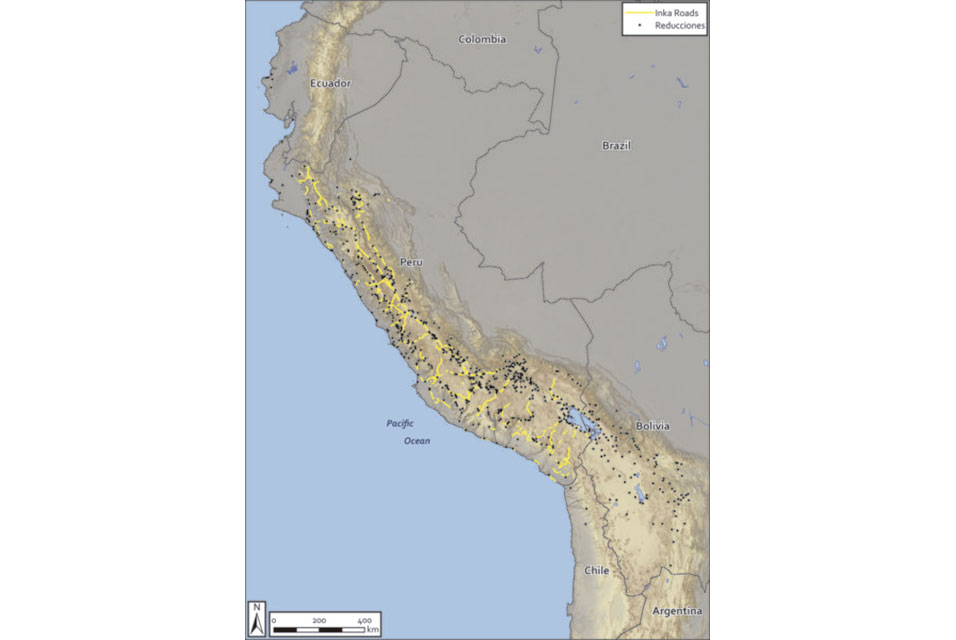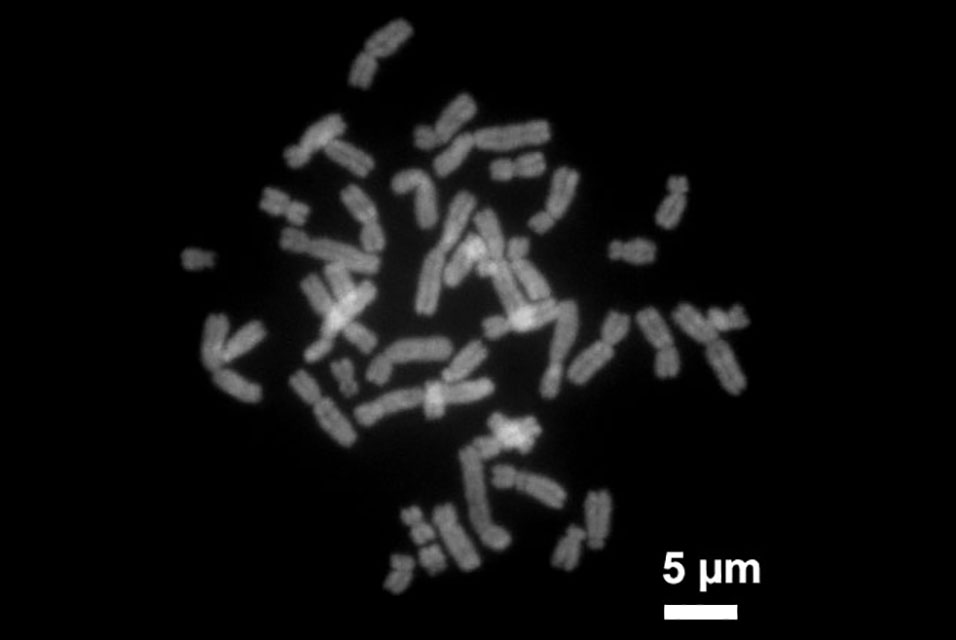NASHVILLE, TN.- Advances in big data technology and digital analytics are transforming the field of archaeology, generating new discoveries and conclusions about ancient civilizations. In February 2020, the Journal of Field Archaeology devoted a special edition to the impact of large data and emerging approaches to computational and spatial archaeology.
When combined with the traditional “pick and trowel” approaches to archaeology, big data analysis has produced novel insights. While archaeological data sets may be smaller than those typically viewed as “big data,” they provide an opportunity for a bird’s-eye analysis of trends and patterns that might not have otherwise been possible.
One such study, “Interregional Archaeology in the Age of Big Data: Building Online Collaborative Platforms for Virtual Survey in the Andes,” led by
Vanderbilt anthropology professor Steven Wernke, with Parker VanValkenburgh of Brown University and Akiro Saito of the National Museum of Ethnology in Japan, has brought a fresh perspective to the forced resettlement of more than a million Indigenous Andeans by Spanish colonizers in the 1570s.
The researchers developed two online databases to collect and track information from locations of interest in the Andes. The first database—Linked Open Gazetteer of the Andean Region (LOGAR)—is designed to collect primary documentary source information about geographic places. The second—Geospatial Platform for Andean Culture, History and Archaeology (GeoPACHA)—uses satellite and aerial imaging to allow international research teams to discover and document archaeological sites over very large areas.
Using these tools, Wernke and his colleagues were able to create a comprehensive basemap of colonial towns built during mass resettlement. Their map revealed an interesting pattern in the distribution of colonial towns, known as reducciones. They found that the distribution and concentration of the reducciones mirrored those of the Inca, particularly when they analyzed roads and other forms of infrastructure. The research team was able to conclude that the Spanish conquerors directly imitated the Incas’ infrastructure in an attempt to govern the Peruvian territory. They credit the combination of new digital methods and data analysis tools with their ability to draw these conclusions.
In January 2021, Wernke and VanValkenburgh were featured in an article on ArsTechnica, which highlighted the impact of big data sets and digital assets in the field of archaeology. Wernke highlighted how archaeology increasingly deploys advanced technologies in combination with traditional excavation- and survey-based field methods to broaden and deepen our understandings of past human societies.
“Archaeologists generally think of field-collected data as the gold standard, and we tend to be very bound to that standard. We tend to think of people as the main instrument of observation as archaeologists,” Wernke explains in the ArsTechnica interview. “What we’re trying to do is not in any way to replace that or claim that what we’re doing is somehow better. We’re trying to complement that approach with these new tools for turning old imagery into things that we can put online and search systematically.”
Wernke further discusses that a digitized approach allows archaeologists to get a clearer macro-perspective of the civilizations they study. He advocates for archaeologists to take a balanced approach—incorporating new technologies while not abandoning traditional techniques, and working closely with host communities. “Archaeologists tend to specialize geographically, and they tend to get to know a place intimately. I’m a big advocate for that,” Wernke said. “Yet we now also know if we’re only on the ground, we’re missing several levels of forces that were acting on humans in the past, forces that are acting on us presently. We’re trying to link these things together. We’re not trying to displace one with the other.”
Wernke and VanValkenburgh’s research, including information on the online collaborative databases, was published in the Journal of Field Archaeology in February 2020, with follow-up in ArsTechnica in January 2021.










